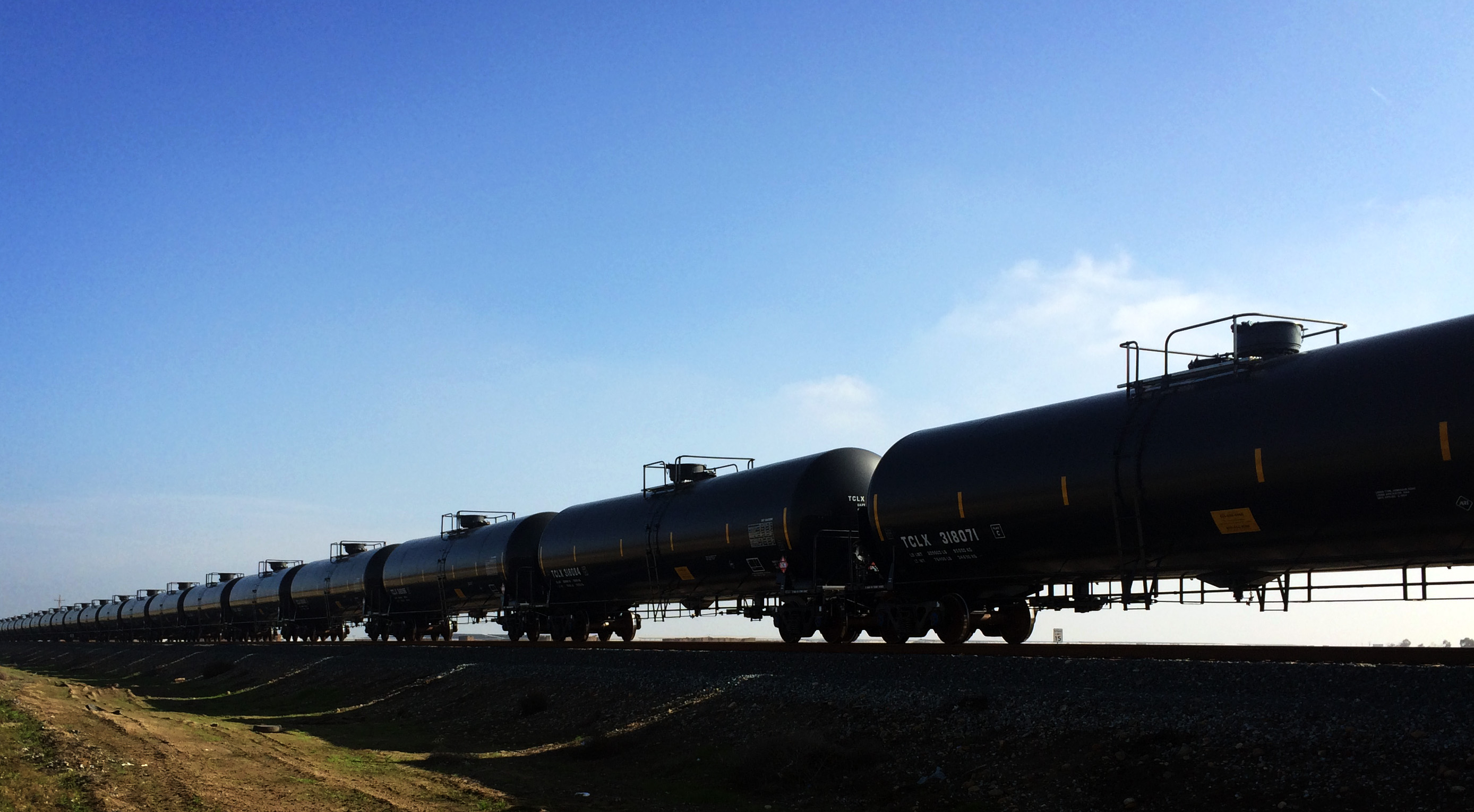Here’s the deal: Based on the myriad observations made and pertinent data gathered by scientists (many of whom are world-renowned, by the way) over the years supporting, with a high degree of confidence, the premise that the earth risks going off the edge climatologically speaking if we don’t get off the human-induced greenhouse gas-emitting track we’re currently on, and rein in such emissions in a meaningful way (meaning that rising global average surface temperatures slow, stop and ultimately reverse course and again return to that which is considered to be the norm in time to avoid the worst of what climate is capable of dishing out), then what we’ll effectively be facing is, not surprisingly, curtains. A bold and lengthy statement for sure!
So, if this could be what the future potentially has in store and from now in no more than just a couple of generations’ time, why then the reason for our continued dependence on and exploitation of the liquefied natural gas natural resource in the ways currently being done?
In addressing this, Paul Bledsoe of the Progressive Policy Institute, in a Feb. 10, 2023 PPI press release* explained: “A major question facing American energy and climate policymakers today is what role abundant U.S. natural gas should play in the global clean energy transition. Some environmental activists oppose all gas use. But a new report from the Progressive Policy Institute (PPI) finds that expanding U.S. liquefied natural gas exports can lower global greenhouse gas emissions significantly, especially if fugitive emissions of methane are deeply reduced.”
At first glance that seems a fair and reasonable pronouncement.
In support of this, Bledsoe wrote: “The climate benefits of America’s shale gas revolution have been evident domestically for years. More than three-fifths of total U.S. carbon dioxide emissions reductions over the period 2005 to 2020 were due to coal-fired power plants being replaced by natural gas plants.”
But it is in reference to the one-year anniversary of the start of the latest and protracted conflict going on in Ukraine, that the Progressive Policy Institute official seems most adamant.
Emphasized Bledsoe, “In the last year, … the U.S. has also become the world’s largest liquefied natural gas (LNG) exporter, more than doubling deliveries to Europe. This has helped the EU’s economy withstand the cutoff of most Russian gas, with clear geopolitical and economic benefits. Less appreciated are the emissions reductions achieved, since American LNG has limited the growth in the EU’s coal and also reduced use of higher methane-leaking Russian gas.”
Growing fears
Meanwhile, there would appear to be a caveat. A portion of that LNG, according to at least one source, travels by freight-rail train from loading facility to seaport where it gets transloaded to specially outfitted docked ships. With the Feb. 3, 2023 train derailment in East Palestine, Ohio and where there was a hazardous materials release negatively impacting both area air and water quality, there is growing concern among many that derailments involving LNG-carrying trains, is all too real given these people’s individual and collective beliefs railroads domestically have become lax when it comes to train safety.
In the meantime, expect the export of domestic LNG to Europe and, presumably, elsewhere, also, to continue.
* “Bledsoe for The Hill: Maximizing the Climate Benefits of Natural Gas Exports,” a Feb. 10, 2023 Progressive Policy Institute press release.
Last updated on Mar. 19, 2023 at 2:00 p.m. Pacific Daylight Time.
– Alan Kandel
Copyrighted material.
Corresponding, connected home-page-entry image: Elizabeth Forsyth, Earthjustice
